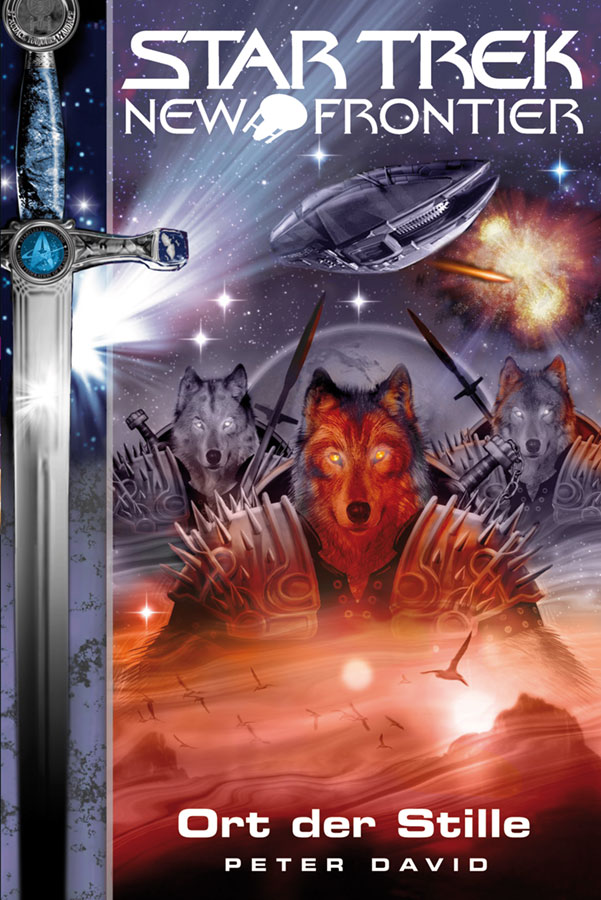Hi,
Does anyone have a chronological list of the editors of the Star Trek line at Pocket Books? I know most of the names (Hartwell, Ordover, Clark, Palmieri, Stern), but I don't know everyone, or exactly when they were in charge. I'm interested in the history of the line and would like to see if there are identifiable changes to the editorial direction depending on the editor. (Of course I know changes at Paramount are important factors, too.)
Thank you!
Does anyone have a chronological list of the editors of the Star Trek line at Pocket Books? I know most of the names (Hartwell, Ordover, Clark, Palmieri, Stern), but I don't know everyone, or exactly when they were in charge. I'm interested in the history of the line and would like to see if there are identifiable changes to the editorial direction depending on the editor. (Of course I know changes at Paramount are important factors, too.)
Thank you!


